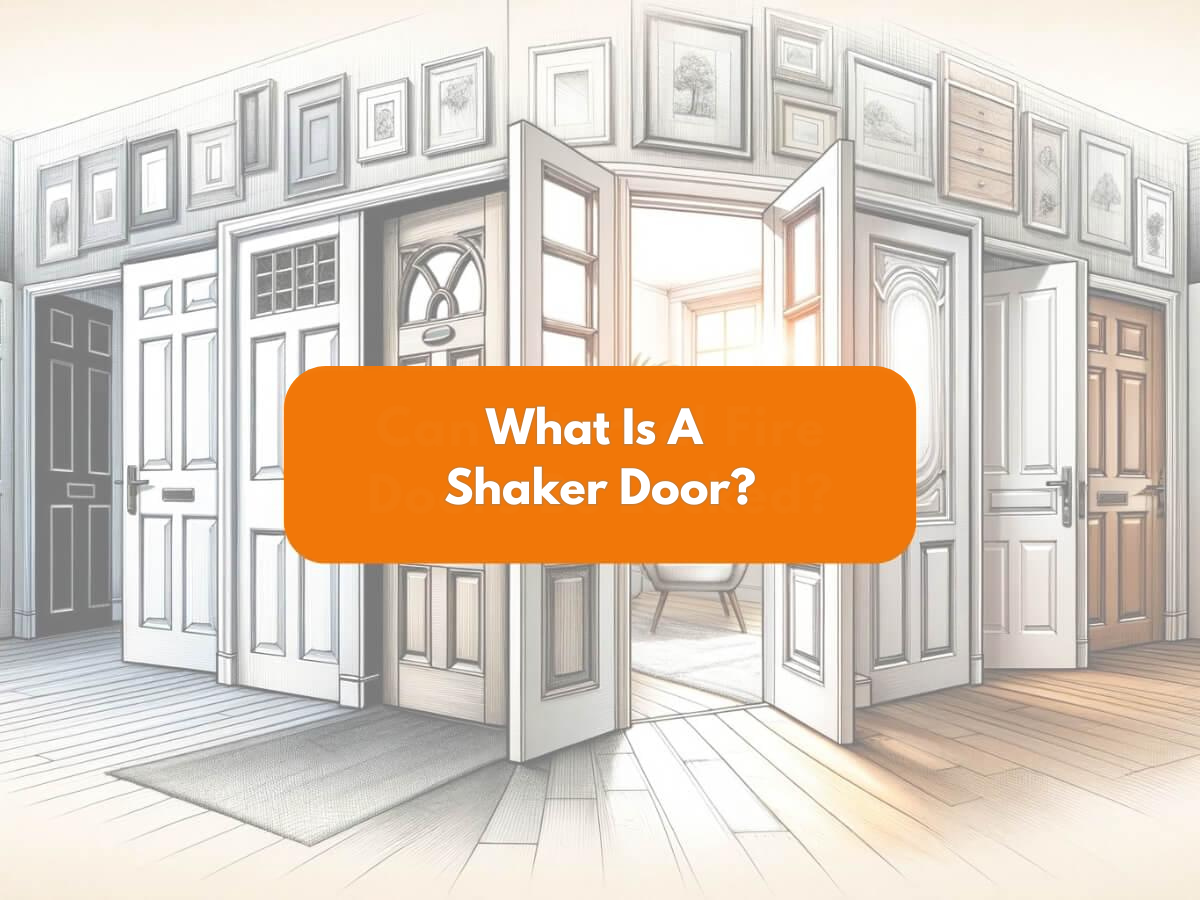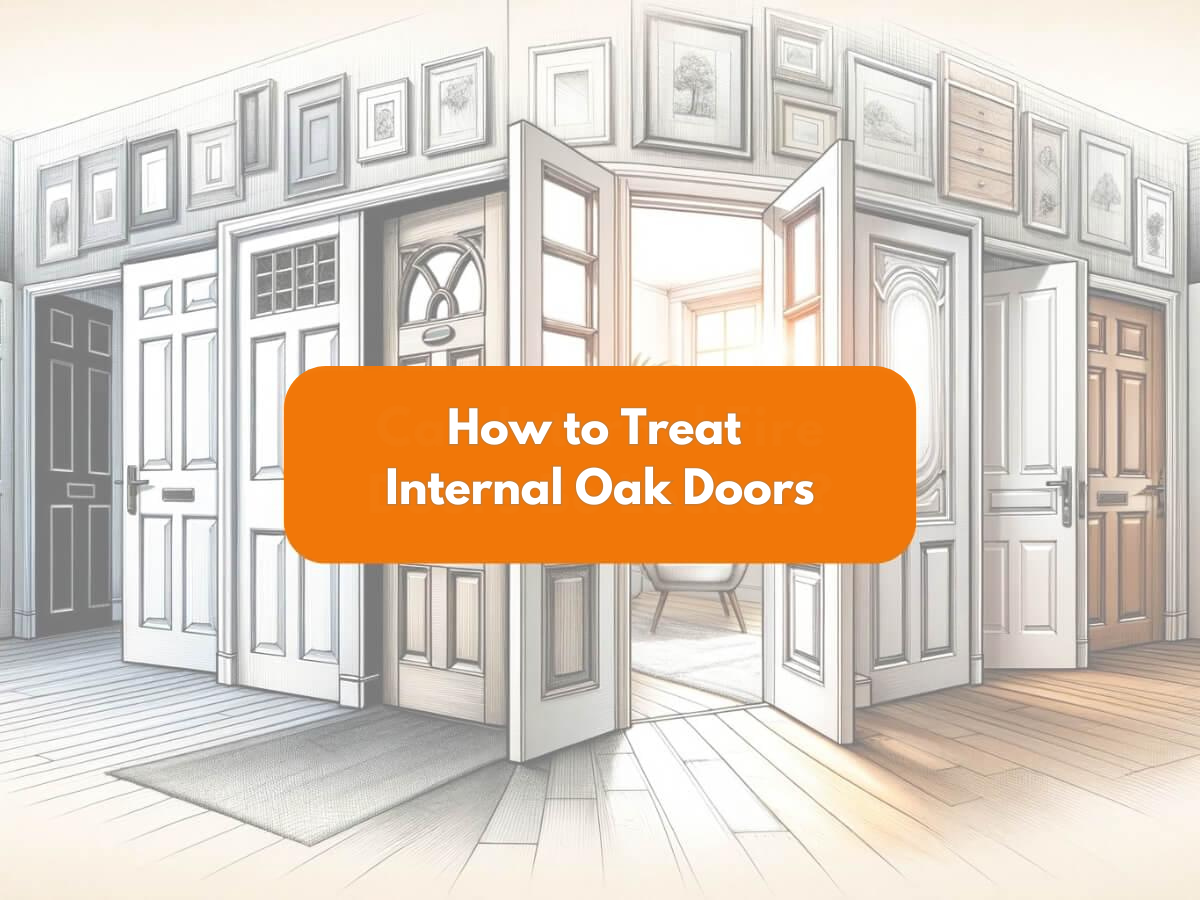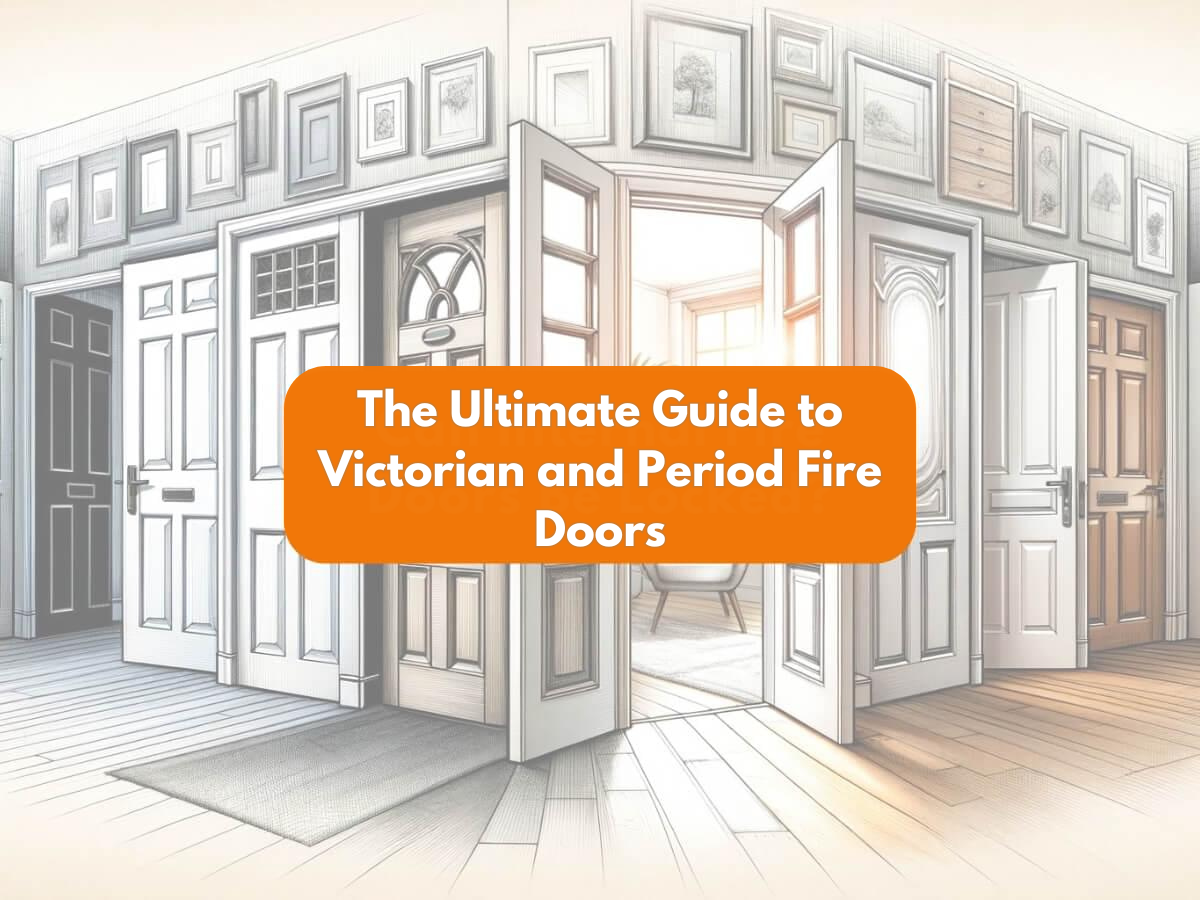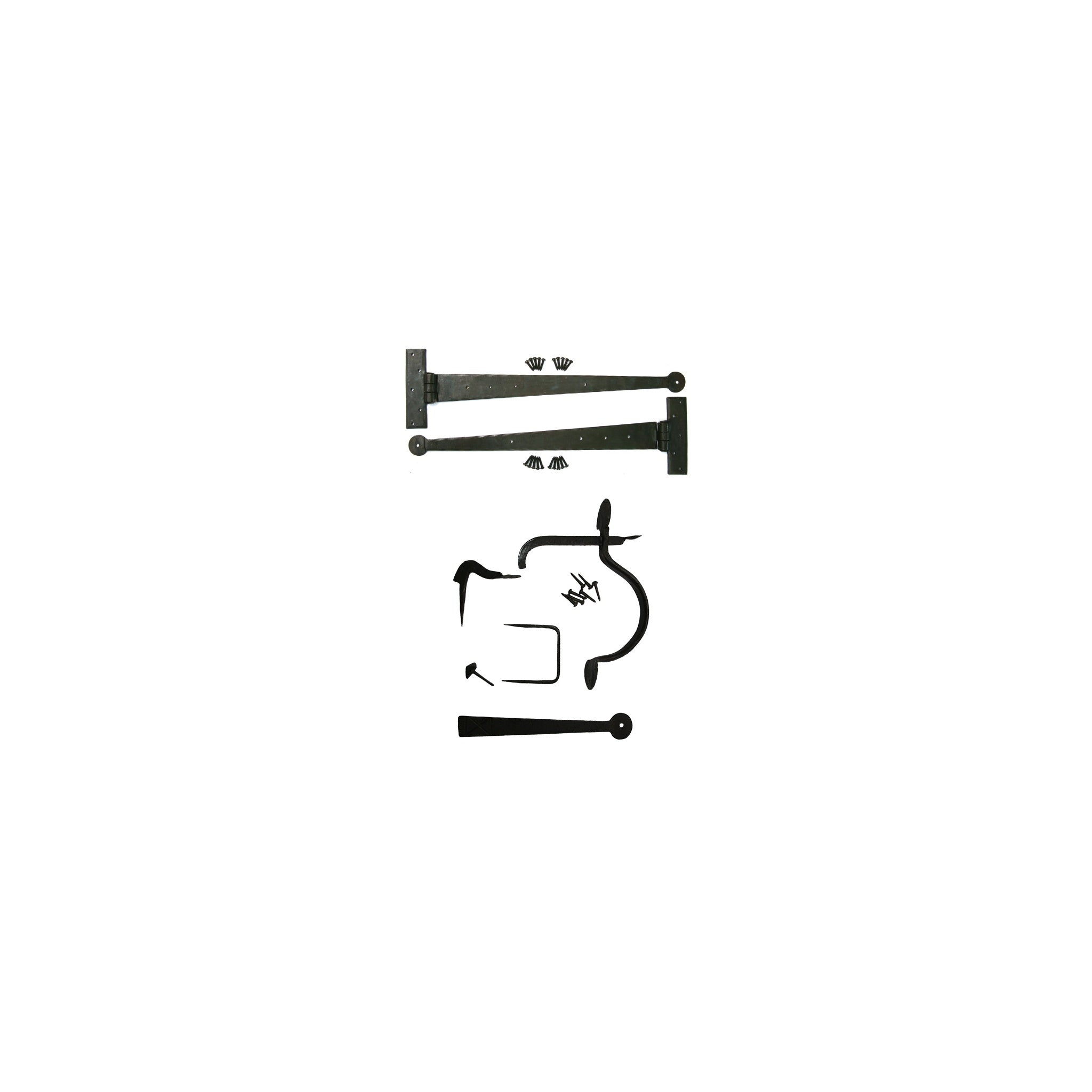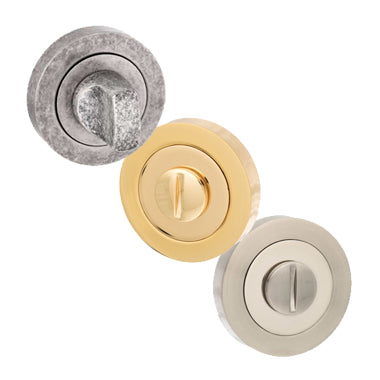Rustic doors are the embodiment of natural beauty, with each imperfection telling a unique story of the wood's origin and journey. In this guide, we delve into the types of characteristics that are not merely acceptable but celebrated, as they contribute to the character and authenticity of our rustic doors.
Hot Filler Recovery Acceptance
The use of filler is acceptable providing the excess is removed. Voids left after filling are part of the door's narrative if they are less than 10 mm deep, allowing the past to be part of the present.
Small Live or Solid Knots
Acceptable across the whole door if they are sound and daylight is not visible, these small knots represent the enduring life of the wood, adding depth and texture to its surface.
Medium to Large Live or Solid Knots
These are acceptable providing daylight is not seen through the knot. Our approach to larger knots is one of respect. We don't shy away from them, provided they keep the light out. Where necessary, we fill and finesse, maintaining the wood's natural beauty.
Dead or Loose Knots Including Ones Where Daylight Is Seen Through the Knot
Dead knots are a common occurrence when selecting our wood and are even sometimes requested by our customers due to their unique character. However, we wouldn’t include them in our doors if daylight can be seen through them and the maximum size we would deem acceptable is around the size of a golf ball
Break Out and Structural Defects
These are acceptable, any size or quantity, symbolising the door's strength and resilience, much like the trees from which they were hewn.
Rough Patches
Acceptable but a light sanding is required to remove any sharp edges, we smooth these to ensure a pleasing texture, maintaining that balance between untouched and cared for
Superficial Cracks, Shakes, Non-Structural Splits on One Side Only
Acceptable on the board ends and in the middle but will require filling and gluing if wider than 2 mm and no daylight seen through the crack, the small cracks and shakes are remnants of the wood's responses to the changing world around it. We seal these memories with care, ensuring they add to the door's narrative without compromising its strength
Profound Checks, Shakes, Splits Where Daylight Can Be Seen and the Board Integrity Is Compromised
Acceptable but filling is required if daylight is visible through the crack, not limited to length or quantity, ensuring the defect adds to the beauty without compromising function.
Profound checks, shakes, splits were daylight can be seen and and the board integrity is compromised
Acceptable but filling is required if daylight is visible through the crack, not limited to length or quantity
Grub Worm Holes Are Visible
Acceptable but if the depth is greater than 10mm or daylight is visible, filler must be applied. There is no limit on quantity or size, allowing nature's signature to be a part of our design.
Pin Worm Holes Are Visible
Acceptable but filling is required if daylight is visible through the crack, we treat these tiny marks as delicate brush strokes, filling them only when light seeps through, to maintain the integrity of the wood's natural art.
Blue Stain
Blue stain is acceptable if very faint and only covers 10% of the plank. The subtle bluish hues are a result of a natural process within the wood, often caused by a certain type of fungi that is not harmful to the wood's structural integrity. This delicate coloration can add an understated elegance to the plank, contributing to the door’s overall patina.
Burn Marks
Burn marks are acceptable if faint. These marks often occur during the milling process and can be seen as part of the wood's history. They add a rustic, weathered look that is sought after in authentic, rustic designs.
Sap Wood
Sap wood is acceptable and not limited in quantity or size. The lighter parts of the wood, known as sapwood, contrast with the darker heartwood, creating a natural variation in color and texture that is prized in rustic style doors.
Rotten Timber Bark
Rotten timber bark is acceptable on one face only but must be minimal in size after sanding, maximum 30% of the board. It adds an organic, earthy element to the door, reminiscent of the wood's origin in the wild.
Machining Defects
If the overall width is less than 1 mm undersize, these are acceptable. Small imperfections from the machining process can occur and are seen as a mark of authenticity in a handmade product.
Machining Marks Rough Patch
These are acceptable but a light sanding is required to remove any sharp edges. Similar to rough patches, these marks from the machining process are a reminder of the craftsmanship that goes into each door.
Colour Match: Light Boards
Acceptable provided the lightest board is darker than the swatch. Variation in color is inherent to wood and is especially celebrated in rustic designs, adding depth and a natural gradient to the door.
Construction Of Ledge And Face - Pin holes
Pinned around the edge of the ledge may be seen as on some of our doors we do not fill with decorative cap, this is to add to the rustic appeal of the door
Each of these defects, with their specific acceptance criteria, highlights the natural origin and handmade quality of our rustic doors. They are embraced as part of the aesthetic, creating a product that is not only functional but also carries the essence of the forest with it. These doors are not just barriers between spaces; they are conversation pieces, imbued with history and crafted with care.
FAQs
FAQ 1: What makes a door 'rustic'?
Answer: A rustic door is characterized by its natural appearance, showcasing the inherent beauty of the wood, including knots, grains, and color variations. Unlike standard doors, rustic doors often feature natural imperfections like live or solid knots, superficial cracks, and unique color patterns, which are all accepted and celebrated as part of their charm.
FAQ 2: Are knots in wood a sign of weakness in rustic doors?
Answer: Not at all. In rustic doors, knots are considered an attractive feature that adds to the wood's natural beauty. Small and medium-sized knots are acceptable as long as they do not allow daylight through. Larger knots are stabilized with filler if needed. These features add to the door's strength and uniqueness without affecting its durability.
FAQ 3: How are defects like cracks and wormholes treated in rustic doors?
Answer: Superficial cracks and splits are filled and glued if necessary, to maintain the door's integrity. Grub and pin wormholes add to the door's unique texture and are filled only if they are deep or allow light to pass through. These treatments ensure the doors remain structurally sound while preserving their natural aesthetic.
FAQ 4: Will the imperfections in my rustic door worsen over time?
Answer: Rustic doors are crafted to endure, and while natural wood can change over time, the imperfections that define the rustic aesthetic are generally stable. Our doors are treated to ensure that knots and cracks do not significantly change or affect the door's functionality. Environmental factors can influence wood, so we recommend protecting your door from extreme elements. With proper care and maintenance, any changes should be minimal and will continue to contribute to the door's unique character.
FAQ 5: How do I maintain my rustic door and its natural imperfections?
Answer: Maintaining a rustic door involves regular cleaning with a soft, dry cloth to remove dust and debris. It's important to avoid harsh chemicals that can damage the wood. Periodic inspections to check for any changes in the wood, such as deepening cracks or loosening knots, can help you address issues promptly. If needed, reapplication of filler and sealant can be done to preserve the door's appearance and integrity.
